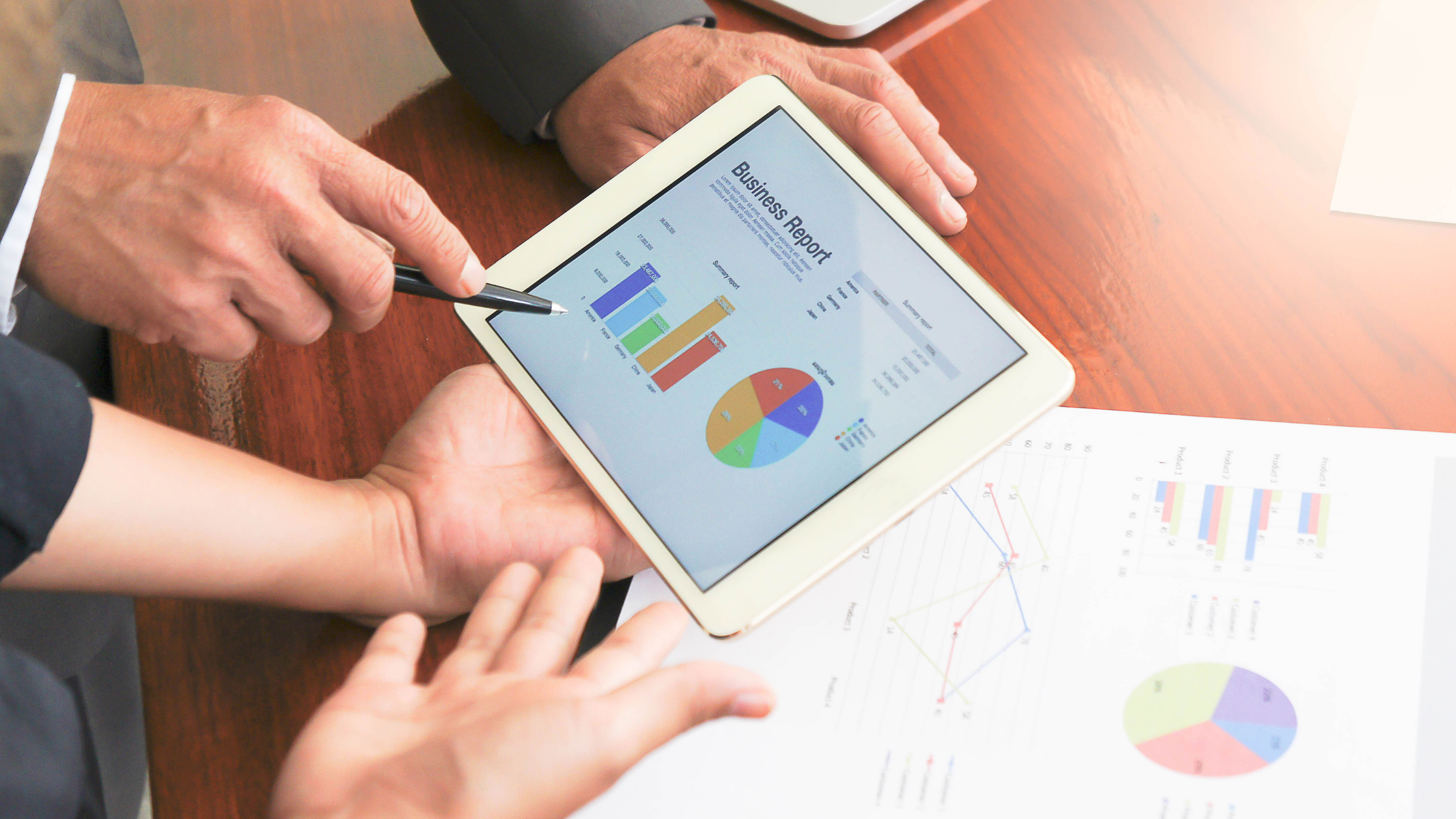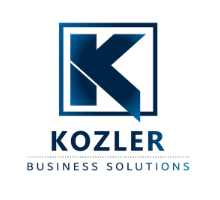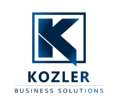What is the REAL cost of sales in your business? How to calculate it.
November 3, 2021

So from the title of this article, you might be wondering what you are missing? Your accounting software spits out a pretty report telling you what your costs of goods sold is, right? So, is this number telling you everything you need to know?
Well, yes and no. It’s telling you the accounting definition of what your cost of goods sold is. This number is important because for one it is tax deductible but it also because it makes up part of your total cost of sales.
If you want to know the accounting definition of cost of goods sold and how to decrease it check out our blog on how to decrease your cost of goods sold.
But if you want to know the total cost of a sale in your business, keep reading.
We want to look at this expense from a broader perspective. We want to find the total cost of making a sale in your business. The total of making a sale is broader in scope and covers a range of other indirect costs that cost of goods sold does not.
There are other variables that you should take into consideration when thinking about your total cost of making a sale. Let's clarify, when we talk about the cost of making a sale we aren't talking about a one product sale. We are talking about a sale where someone might buy multiple products. So all calculations will be done on an average transaction value.
Components of total cost of sales
Cost of goods sold (COGS)
In short COGS includes cost of raw materials, direct labour costs, inbound shipping and any cost directly related to production. Check out how to decrease your cost of goods sold for a more in depth discussion.
Marketing per transaction
This would include the direct marketing costs that you can attribute to the sale of a specific product. Such as ad spend on a product campaign. If this figure can’t be determined it will then be calculated on an average.
Shipping and handling costs
This includes buying postage bags and any packaging costs associated with sending out your product.
Credit card and transaction fees
Credit card and transaction fees and that your business has to absorb per sale.
Value added expenses
Any additional expenses incurred to sweeten the deal for your customers. Such as a discount or a free gift.
Loyalty programs
The cost involved in running your loyalty program and the cost of giveaways as a result of your loyalty program
Sales/customer service costs
Sales staff commissions and the cost of services related to getting your product out the door and in the hands of your customers.
Let's see how these components impact the total cost of sales. Since most businesses will sell more than one product per transaction we will calculate based on an average transaction.
Stay tuned for more information on how to calculate these costs on a per transaction or per product basis.
For this example we will use a business that is turning over one million dollars in revenue per year. Their average transaction value is $100.
The gross profit for this business after all cost of sales have been calculated and removed is $45.91 per transaction at a value of $100. With a total gross profit for the business of $39,100. See table below.
| Transaction value | 100 |
| GST or VAT | 9.09 |
| Transaction value excluding tax | 90.91 |
| COGS | 45 |
| Gross Profit | 45.91 |
| Cost of sales expenses | |
| Marketing per transaction | 20 |
| Shipping and handling costs | 10 |
| Credit card and transaction fees (2.7% +30c) | 3 |
| Value added expenses | 5 |
| Loyalty programs | 2 |
| Sales/customer service costs | 2 |
| Cost of sales expenses | 42 |
| Profit per average transaction | $3.91 |
| Profit margin per average transaction | 3.91% |
| Fixed Costs | |
| Other staff | 16,380 |
| Lease | 36,000 |
| Insurance | 3,000 |
| Equipment costs | 5,000 |
| Utilities | 6,000 |
| Accounting and Legal fees | 3,000 |
| Total Fixed Costs | 69,380 |
| Net Profit | $30,280 |
Once all fixed costs (expenses) are removed, the business is actually losing $30,280 a year.
This is a great example of how a product can have a profit margin of 50% but it doesn't necessarily translate to profit for the business in the long run.
Now, let's make a few small changes to the total cost of sales for this business and see what outcome that has on profit.
The first big change we will make is by increasing the average transaction value from $100 to $110. This is done by implementing cross-selling techniques and increasing free shipping thresholds.
When it comes to the cost of sales, we have actually increased marketing spend. Decreased shipping and handling a little by sourcing cheaper packing materials and decreased the value added expense by swapping the free gift for something cheaper.
We will also decrease the cost of the loyalty program by shopping around for cheaper software. See table below.
| Transaction value | 100 | 10 | 110 |
| GST or VAT | 9.09 | - | 10 |
| Transaction value excluding tax | 90.91 | - | 100 |
| COGS | 45 | 4.50 | 49.50 |
| Gross Profit | 45.91 | 4.59 | 50.50 |
| Cost of sales expenses | |||
| Marketing per transaction | 20 | 2 | 22 |
| Shipping and handling costs | 10 | 2 | 8 |
| Credit card and transaction fees (2.7% +30c) | 3 | - | 3 |
| Value added expenses | 5 | 3 | 2 |
| Loyalty programs | 2 | 1 | 1 |
| Sales/customer service costs | 2 | - | 2 |
| Cost of sales expenses | 42 | 3.73 | 38.27 |
| Profit per average transaction | $3.91 | 8.32 | 12.23 |
| Profit margin per average transaction | 3.91% | 284% | 11.12% |
| Fixed Costs | |||
| Other staff | 16,380 | - | 16,380 |
| Lease | 36,000 | - | 36,000 |
| Insurance | 3,000 | - | 3,000 |
| Equipment costs | 5,000 | - | 5,000 |
| Utilities | 6,000 | - | 6,000 |
| Accounting and Legal fees | 3,000 | - | 3,000 |
| Total Fixed Costs | 69,380 | - | 69,380 |
| Net Profit | $30,280 | 52,920 |
Now let’s look at the difference. Once the total cost of sales has been removed the business is making $122,300 gross profit
Once fixed costs are removed, the business is now making $52,920 net profit.
This really illustrates the importance of looking at the total cost of sales in your business and how making small incremental changes can improve your business drastically.
If you would like help to calculate your total cost of sales, download our free growth calculator.
To find out other ways to grow your business, check out our Business Success Map. A free resource (no email address required) that is designed to help business owners work on the right things at the right time.

%20(3).png?width=1080&height=1620&name=Copy%20of%20Business%20success%20mapGrowth%20exploration%20Story%20ads%20(1080%20x%201620%20px)%20(3).png)
